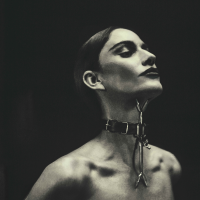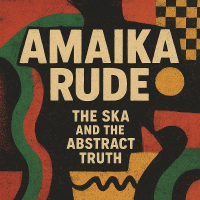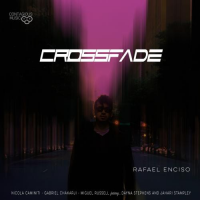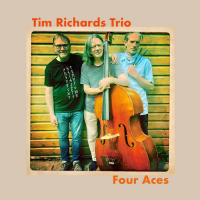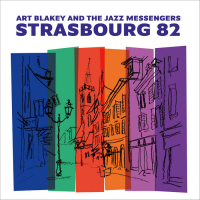Home » Jazz Articles » Album Review » Jimi Hendrix: Machine Gun: Live At The Fillmore East First Show
Jimi Hendrix: Machine Gun: Live At The Fillmore East First Show
Often regarded by fans as one of the best of the four concerts performed over the two nights, Machine Gun: The Fillmore East First Show is the first time that it has been released in complete form. Mastered from the original 1" 8 track master tapes, those who are familiar only with the performance on bootleg, will definitely be in for a real treat.
Bill Graham announces the group, who kick the show off with a superb rendition of the trippy "Power Of Soul," a new composition Hendrix had been working hard on completing with The Band Of Gypsys in the months before and after the Fillmore gigs, eventually managing to produce a finished master, which was never released during his lifetime. Here Hendrix plays a hybrid of funk, rock, R&B, blues, and even heavy metal, in a way no-one had ever done before. Jimi's a little unsteady here and there, as if he's still finding his way through the arrangement, which is understandable considering the complexity of the song's overall structure. Next is a fast paced "Lover Man," followed by a powerful "Hear My Train A Comin,'" during which Jimi plays one of the fiercest solos of the entire set.
Buddy Miles gets to blow some steam on "Changes," where Jimi reveals his heavy R&B origins, then a funky "Izabella," another new song Hendrix had debuted at The Woodstock Festival with the Gypsy, Sun and Rainbows band, however the version here is a lot tighter and, it should be noted, a lot blacker. Which—at the end of the day—is probably just what the song needed in the first place.
He immediately segues into "Machine Gun," not the performance that appeared originally on the 1970 album (he would record that rendition on 1st January), but the version that would mark the composition's live debut, so God knows what must have been going through the minds of those in the audience. Truly, "Machine Gun" defies description. Yes, it's based on the delta blues, or "royal blues," as Buddy Miles once described it, but here Hendrix unleashes something else entirely, a cosmic onslaught unparalleled at the time—as if the listener were jumping from one universe into another.
Howard Tate's "Stop" is given a hard-rock psychedelic workover, while on the introduction to "Ezy Ryder," Hendrix admits to the audience that the song is little more than a work in progress, as if apologising for not performing a more polished version. And though despite the fact it was still incomplete (especially lyric wise), Hendrix manages to elicit an impressive array of riffs all the same.
Jimi betrays his knowledge of the blues, with a scorching cover of Elmore James' "Bleeding Heart," after which we have "Earth Blues," another recently written tune Hendrix was considering for inclusion on his next album, before concluding with the bluesy jazz-metal gymnastics of "Burning Desire," a roller coaster of a song that had everything going for it, except for the fact that Hendrix himself never quite got around to recording it to his satisfaction.
Machine Gun: The Fillmore East First Show is not without its flaws. Yet it remains a fascinating and must have document in its own right. Hendrix was clearly in a state of transition, having disbanded The Experience, with the intention of moving forward, to create a very different kind of music, exploring the possibilities of jazz, soul, R&B and blues, while building his own recording studio. These recordings are a testament to that changeover, where one gets a sense of the guitarist revisiting his roots, while putting a strong foot into the future.
Track Listing
Power Of Soul; Lover Man; Hear My Train A Comin’; Changes; Izabella; Machine Gun; Stop; Ezy Ryder; Bleeding Heart; Earth Blues; Burning Desire
Personnel
Jimi Hendrix
guitar, electricJimi Hendrix: Guitar, vocals; Buddy Miles: drums; Billy Cox: bass
Album information
Title: Machine Gun: Live At The Fillmore East First Show | Year Released: 2016 | Record Label: Sony Music
Tags
PREVIOUS / NEXT
Support All About Jazz
 All About Jazz has been a pillar of jazz since 1995, championing it as an art form and, more importantly, supporting the musicians who make it. Our enduring commitment has made "AAJ" one of the most culturally important websites of its kind, read by hundreds of thousands of fans, musicians and industry figures every month.
All About Jazz has been a pillar of jazz since 1995, championing it as an art form and, more importantly, supporting the musicians who make it. Our enduring commitment has made "AAJ" one of the most culturally important websites of its kind, read by hundreds of thousands of fans, musicians and industry figures every month.










